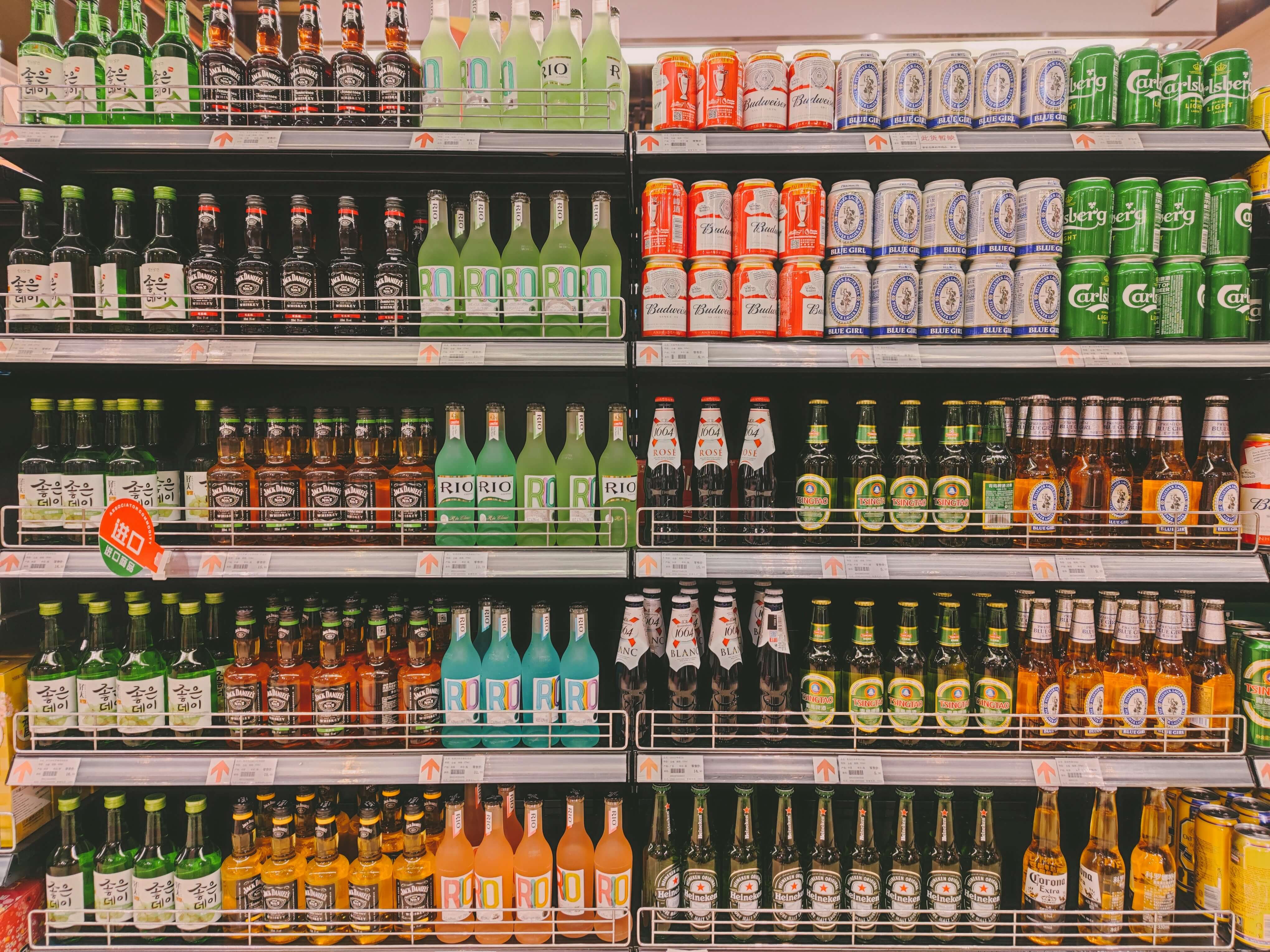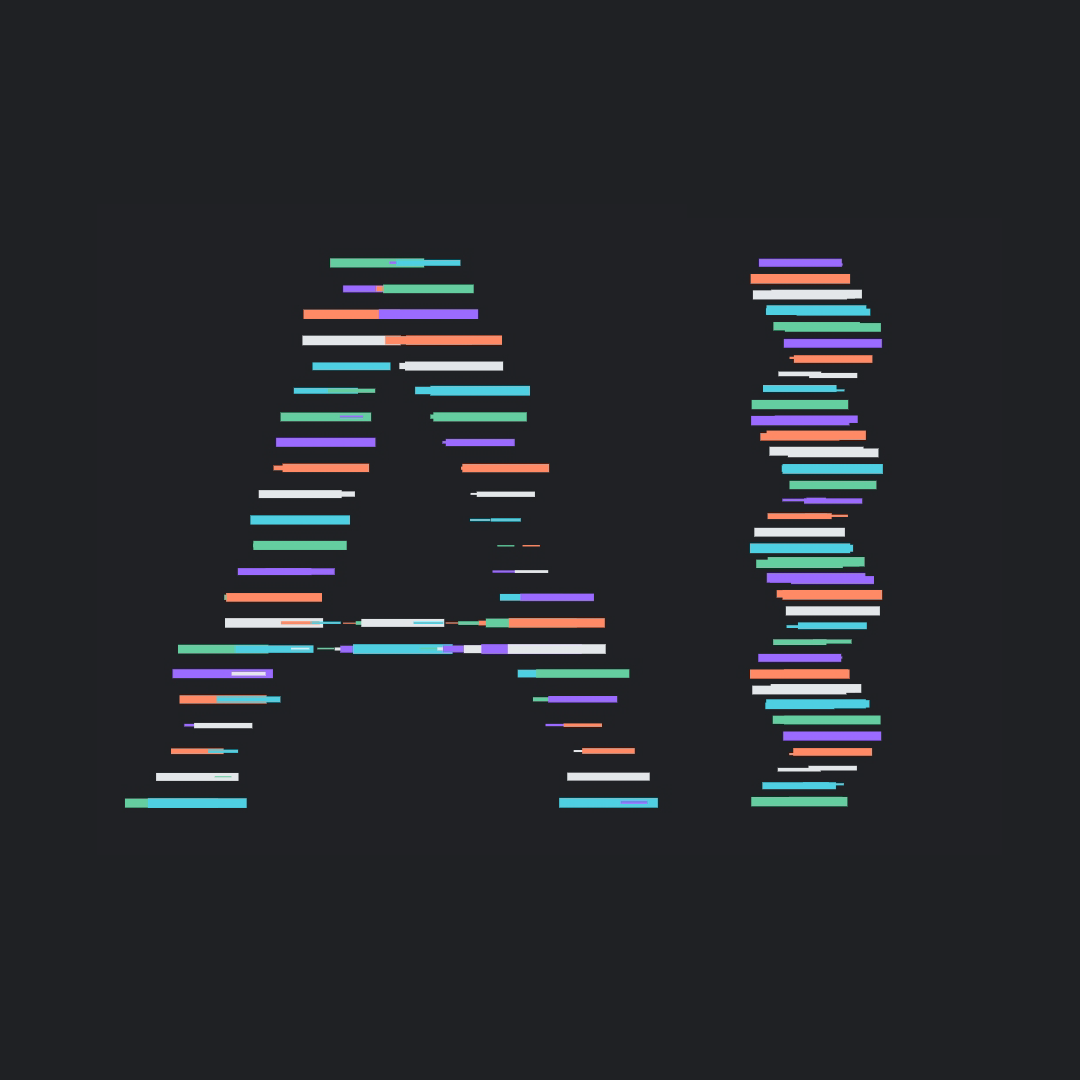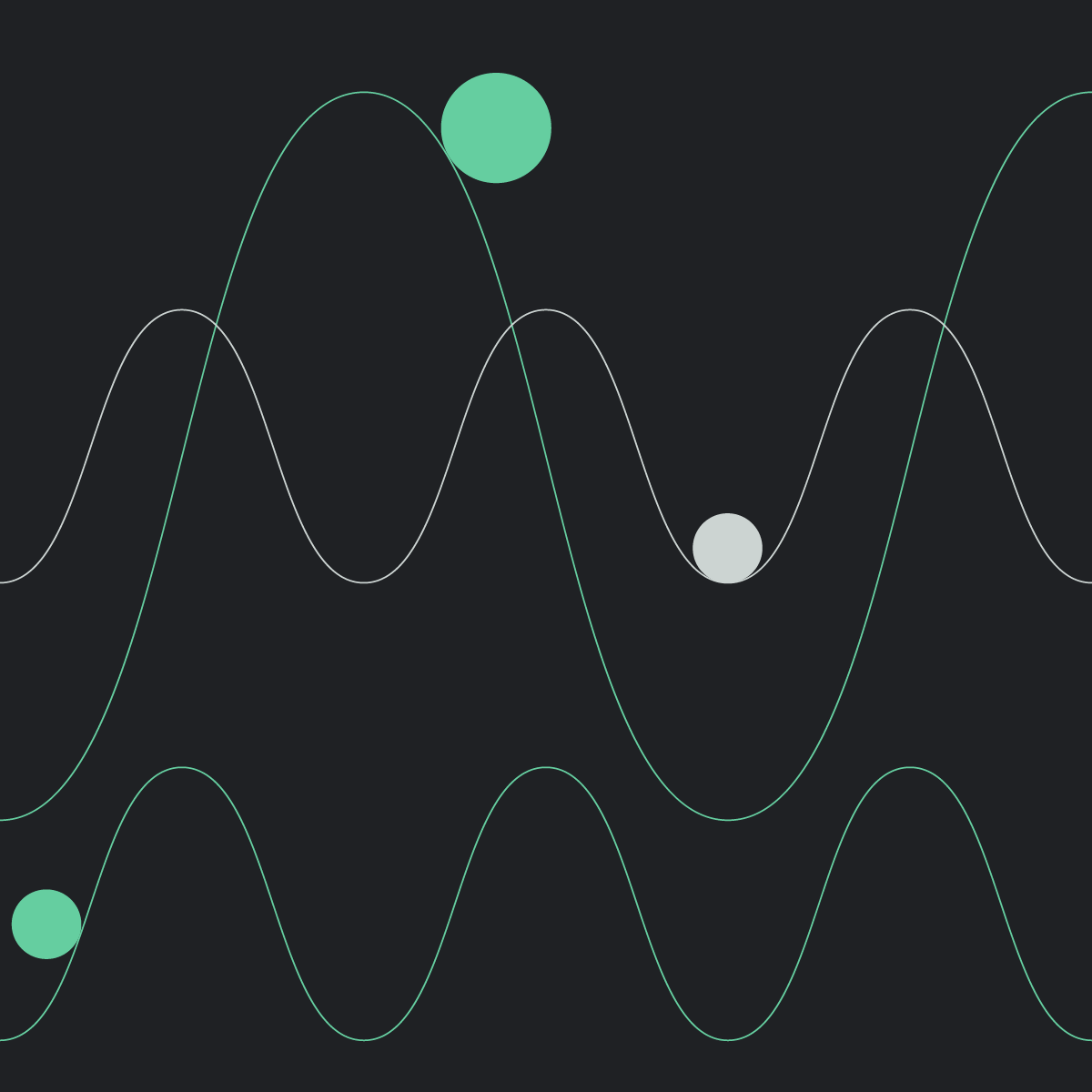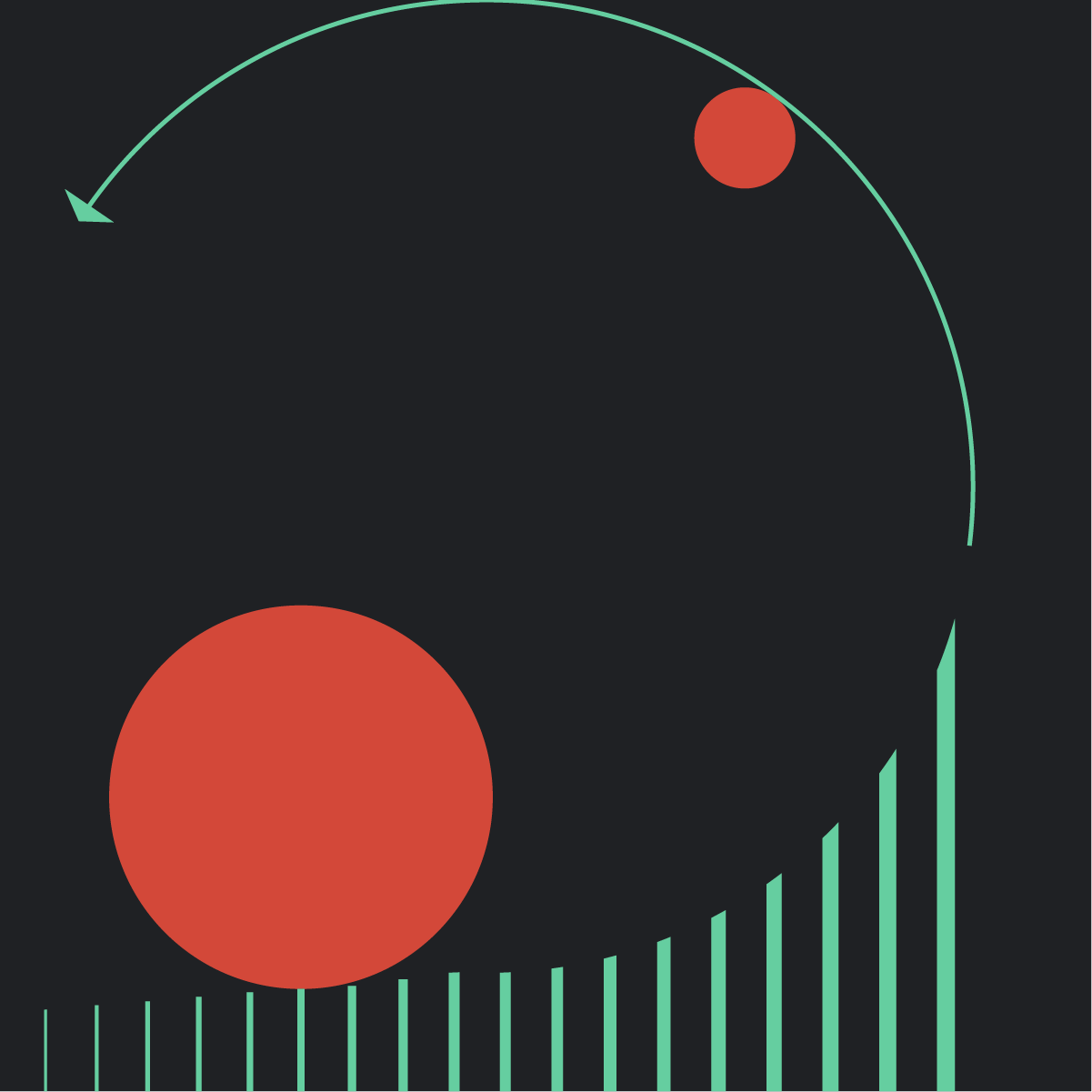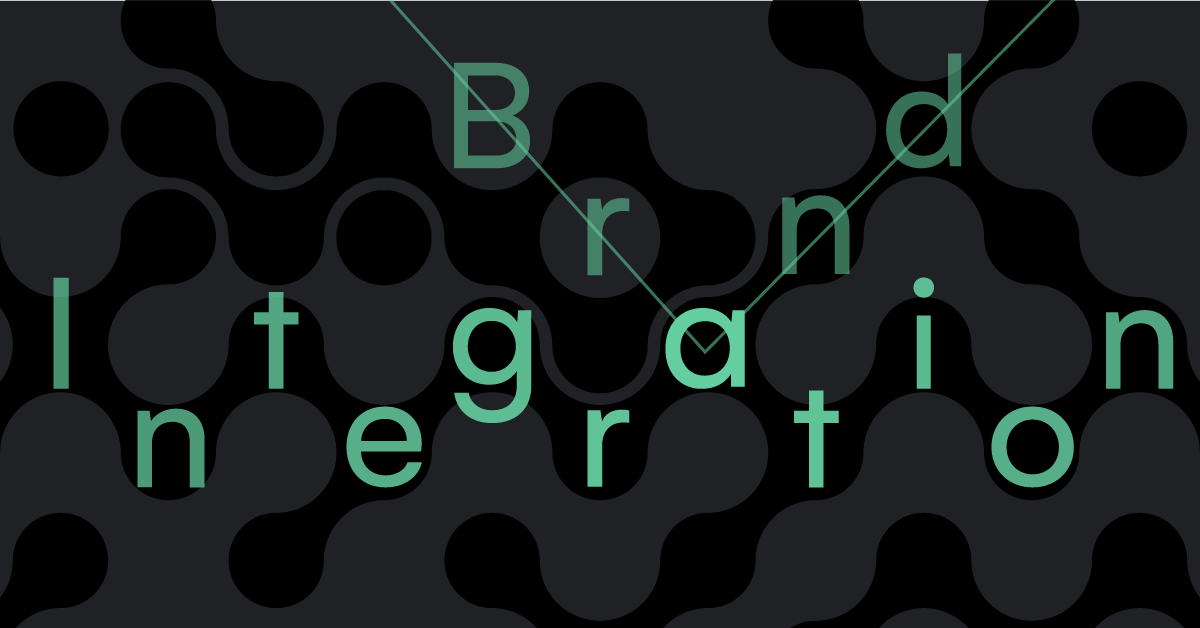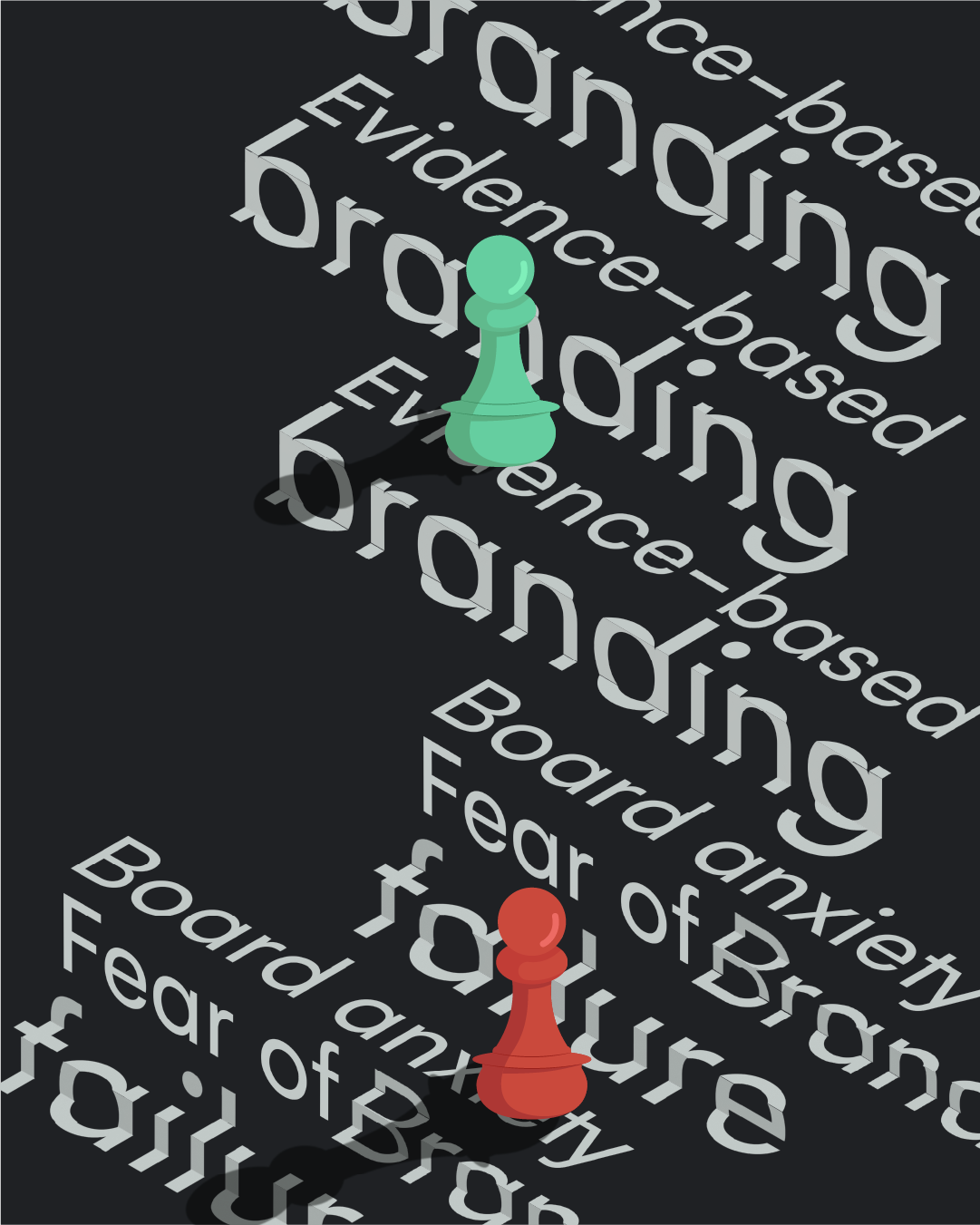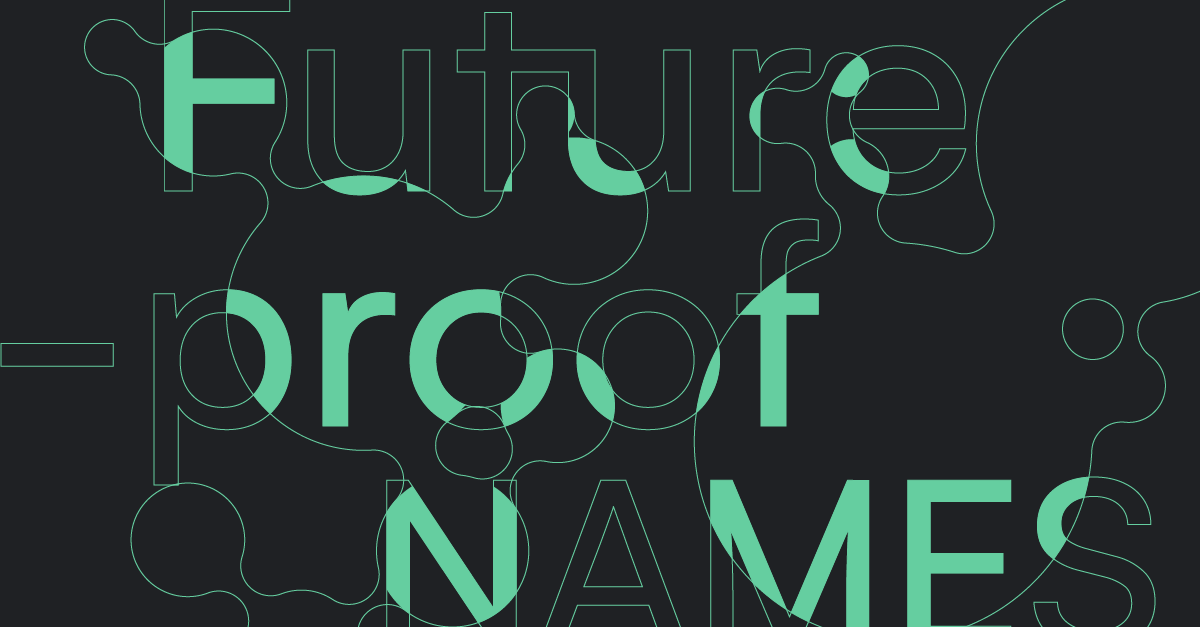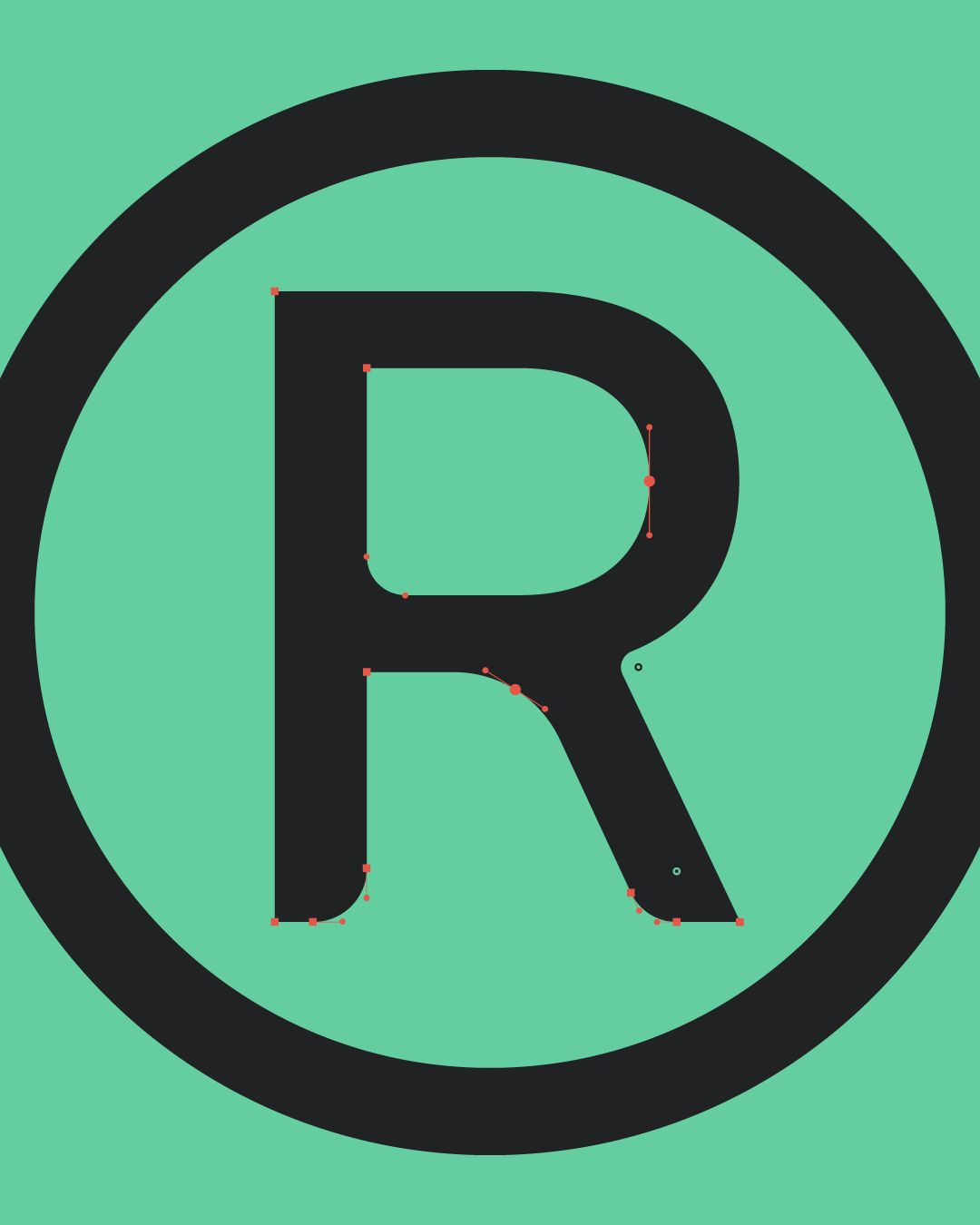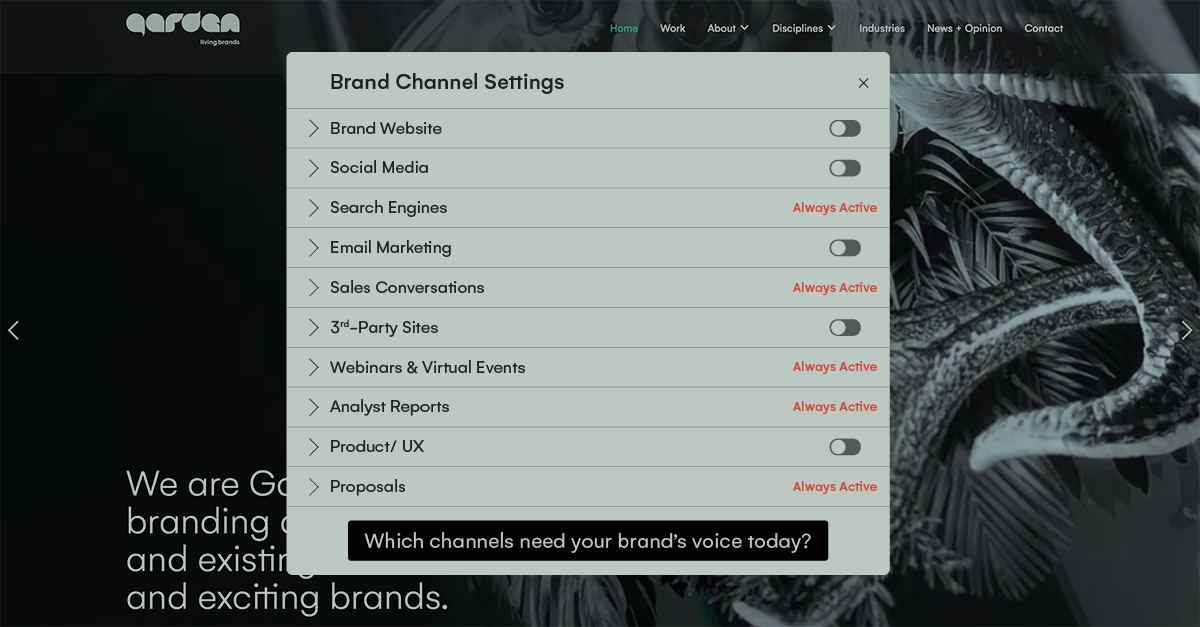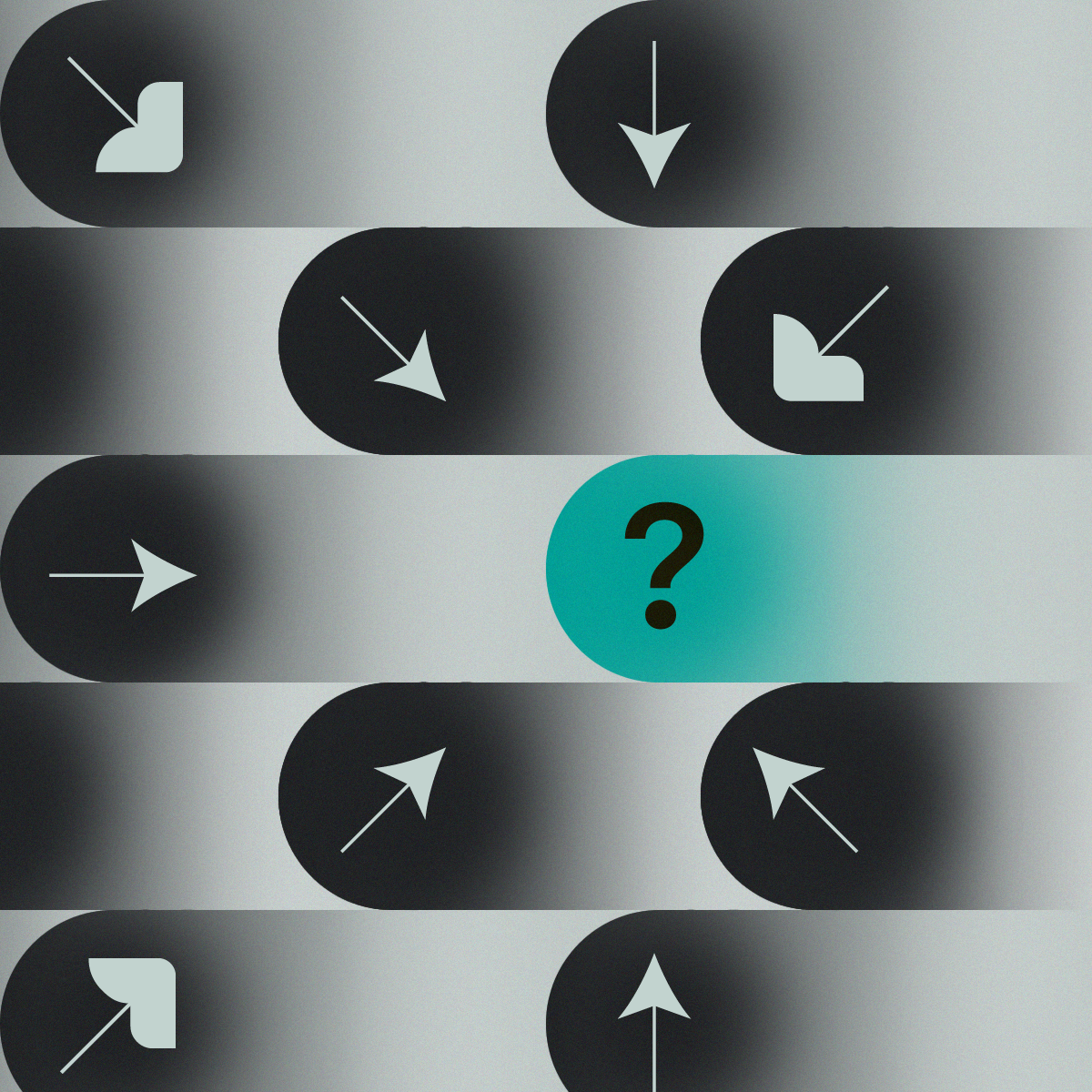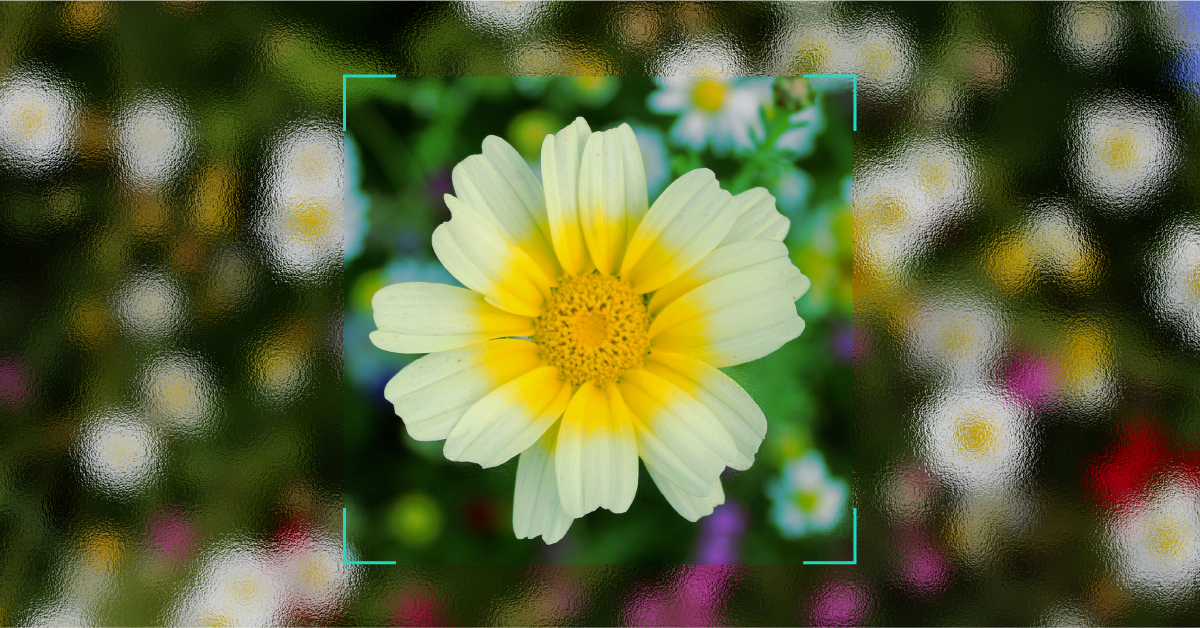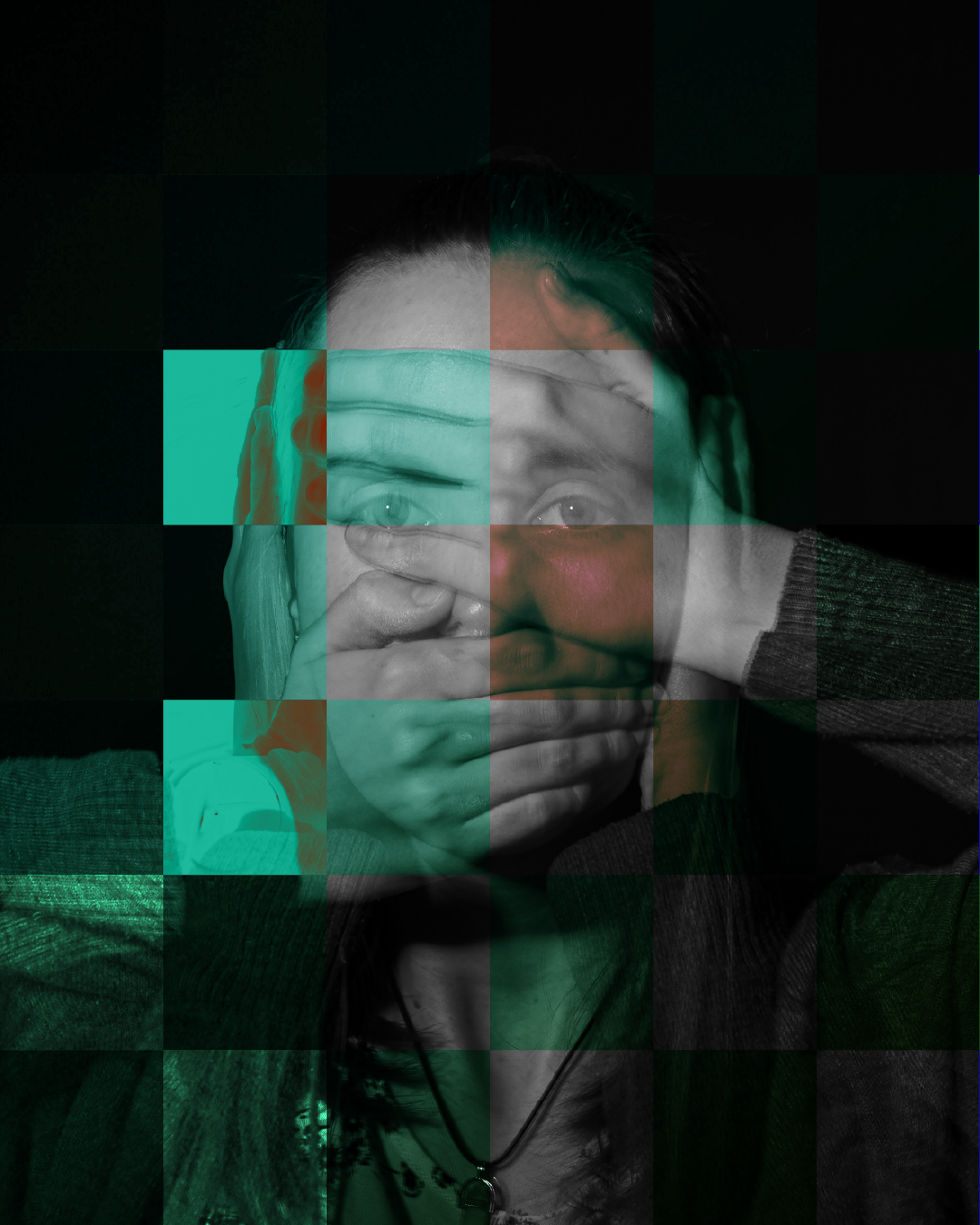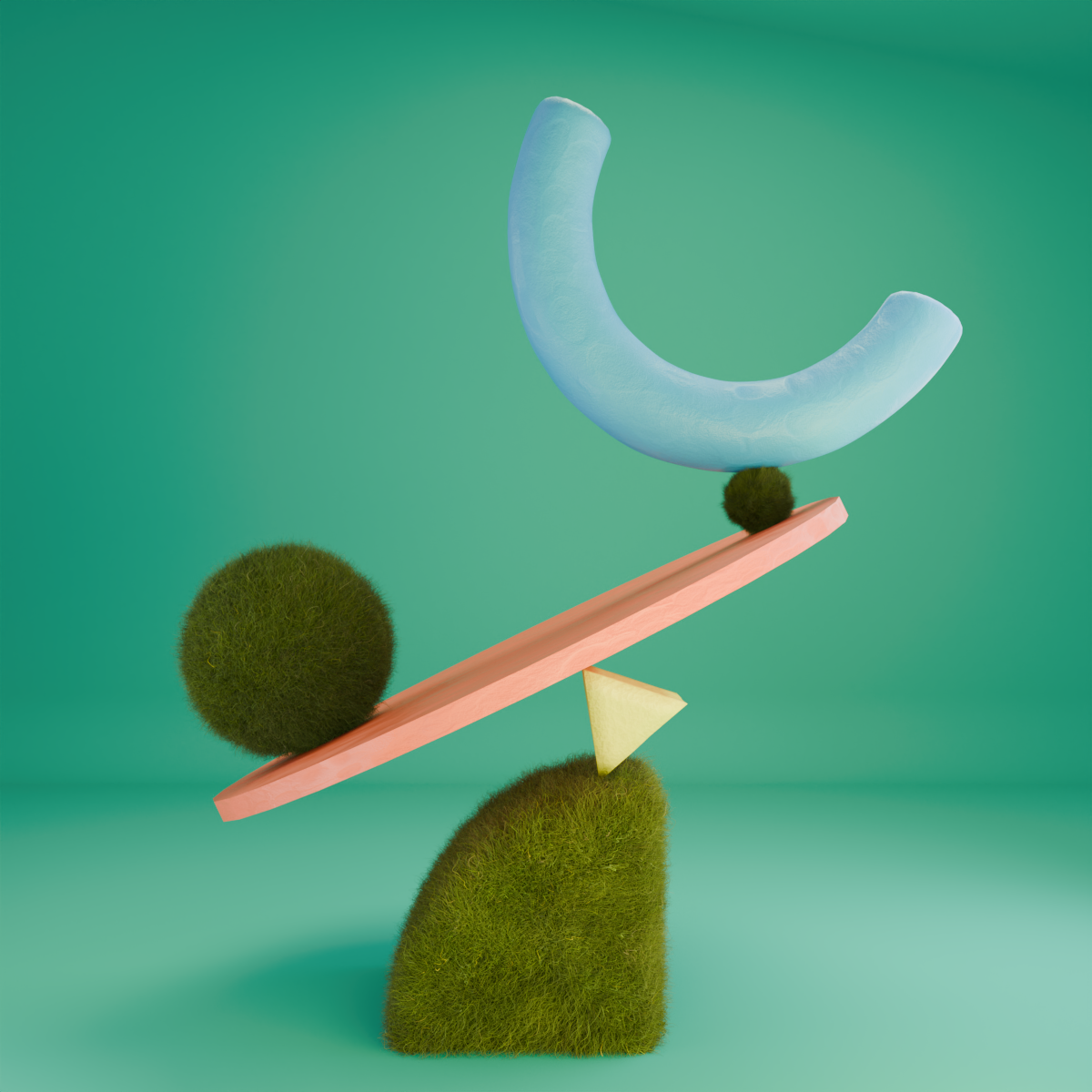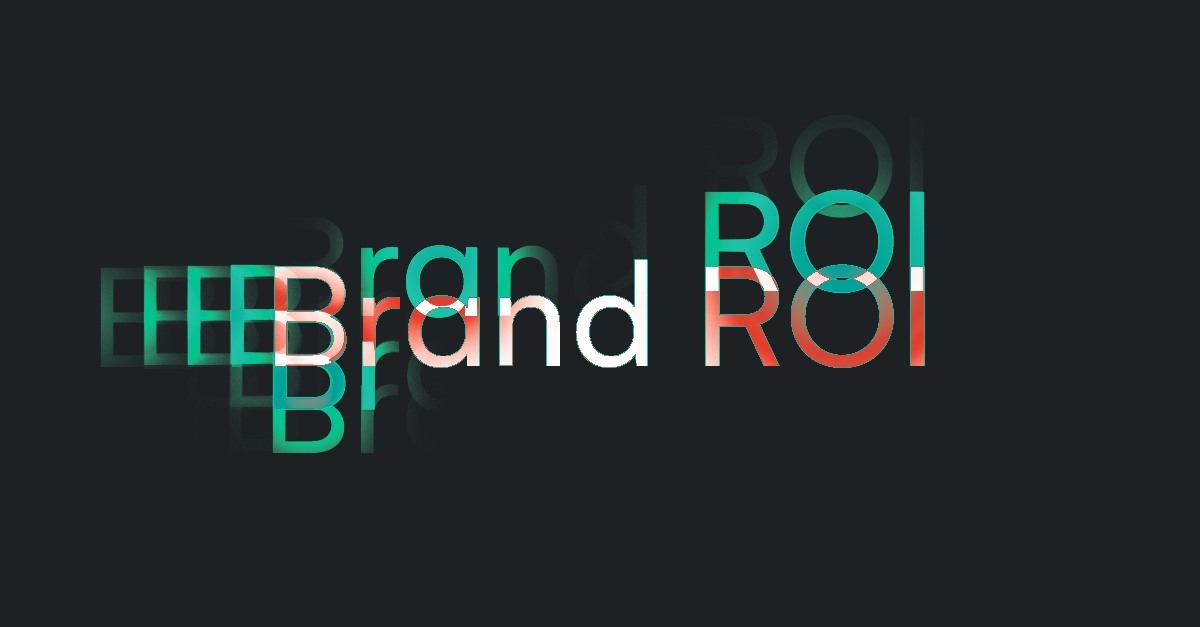In MAX 2025, Adobe has taken a big step by weaving artificial intelligence into every corner of its creative tools. From image making to video and sound, AI is becoming something we will naturally work with rather than something separates from design. The strategy seems to make creativity smoother, faster, and easier to explore.
Watching the demos, it has undeniably given us a mix of excitement and curiosity. Tasks that used to take hours, like isolating objects or adjusting lighting in a video, now feel like using a magic wand. For many designers and editors, this approach could reduce repetitive steps and allow more time to focus on the ideas, emotions, and stories that really matter.
For us as a creative agency, this shift feels like an opportunity. When technology takes care of the mechanical side of the process, we get to spend more time thinking, experimenting, and crafting work that speaks more deeply to people. It gives us room to reimagine how we collaborate and how we bring brands to life. It could even make it easier for ideas to move from a quick sketch to a finished concept without losing energy or intent along the way.
But there is also a question worth asking. If Adobe becomes the main place where all creative tools live, what does that mean for creative freedom and diversity? Having everything in one space can be convenient, but it could also make creative outcomes start to feel the same. As designers, we should ensure we use these tools wisely, shaping them around our vision rather than letting them shape us.
The most exciting part of this development is that AI has the potential to enhance what we already do best. It can help us explore more directions, refine ideas faster, and communicate stories in new ways. But what will always matter most is the human imagination behind the screen. Technology might make the process easier, but it is still our curiosity, intuition, and creativity that give the work meaning.
If we treat AI as a collaborator instead of a shortcut, it could help us reach new creative ground. It is not here to take over our role as designers, but to give us more space to do what we love most: to think, to create, and to connect people with ideas that feel alive.
By Kelly Ho







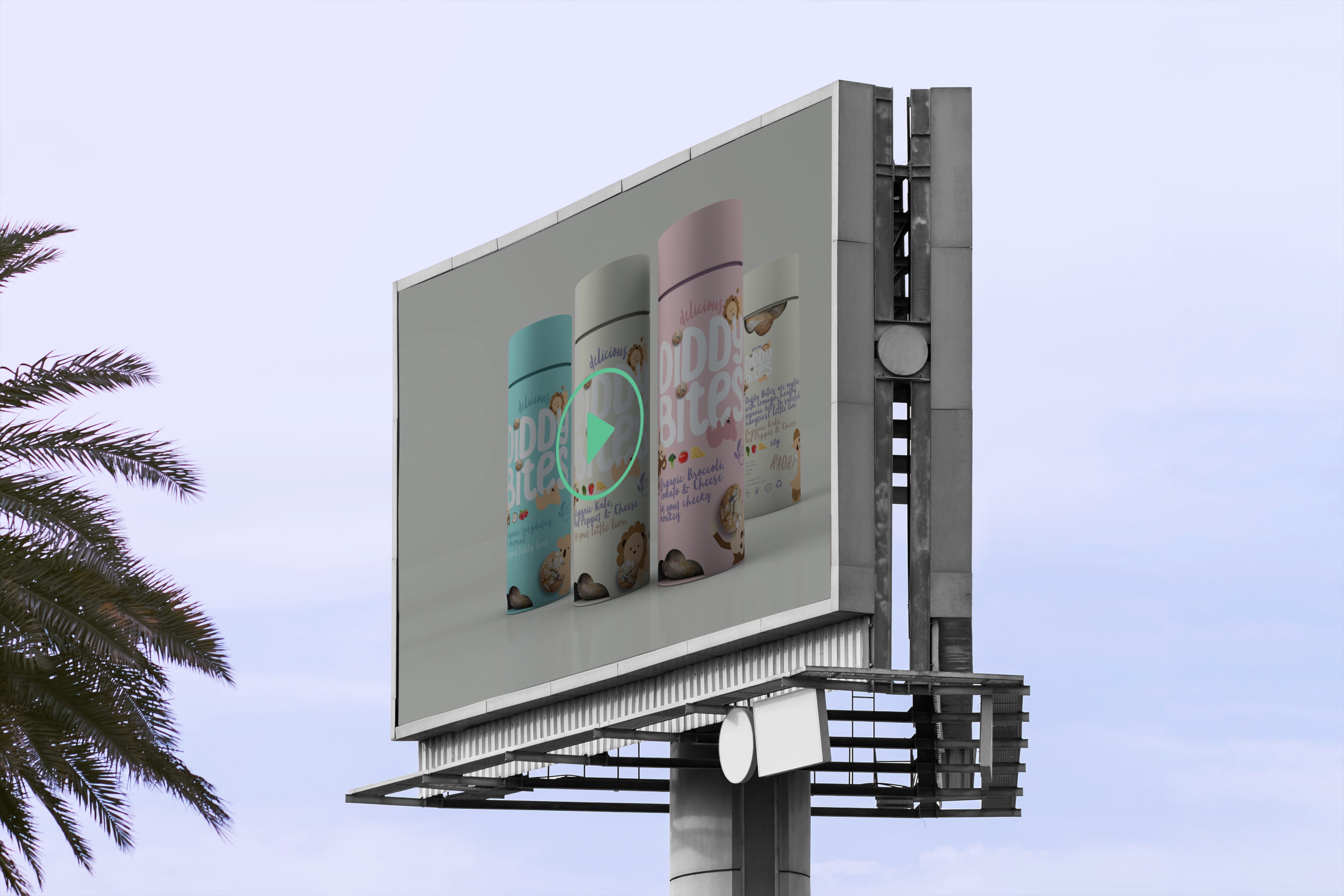
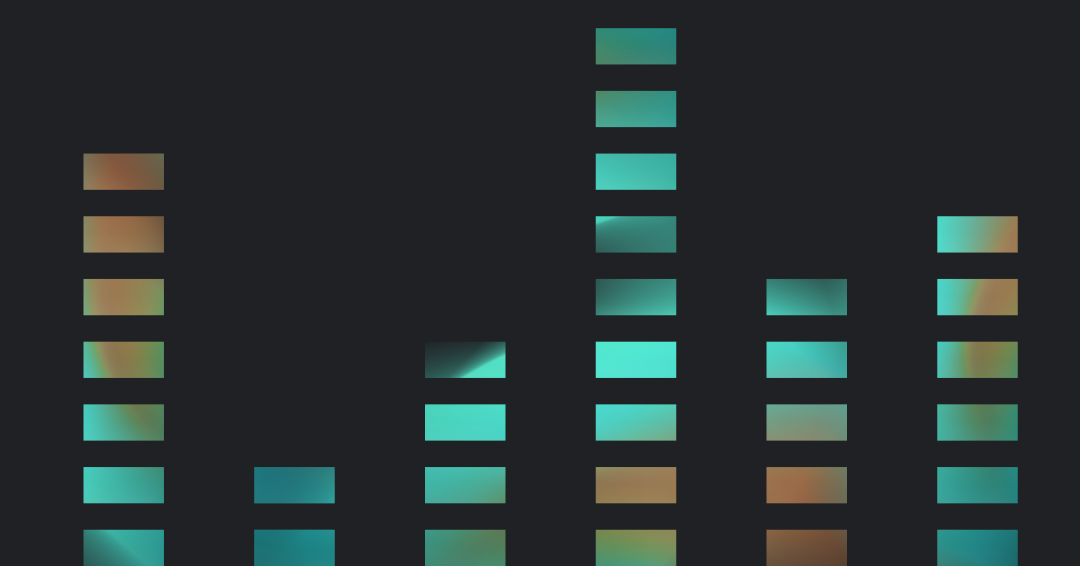




.jpg)

